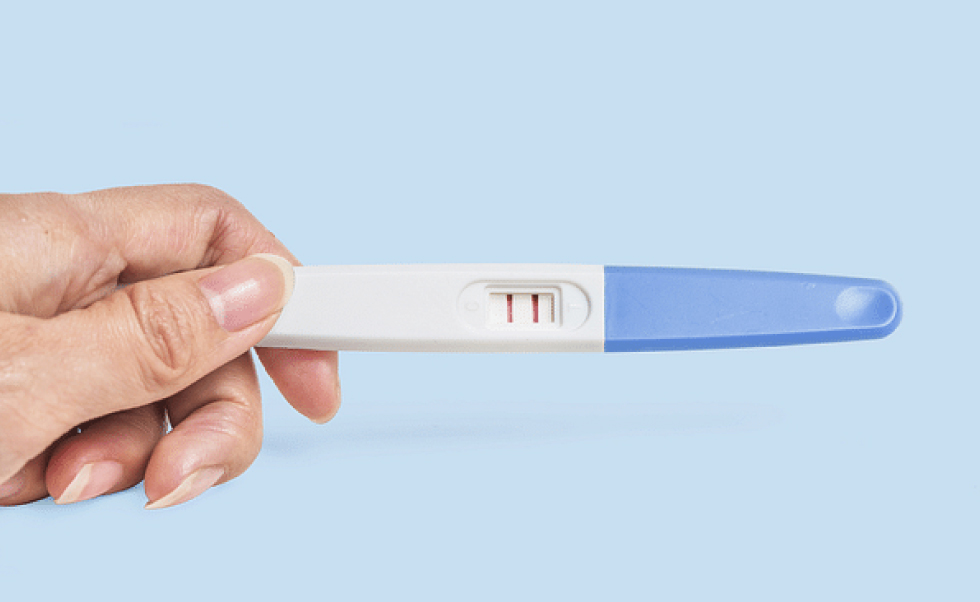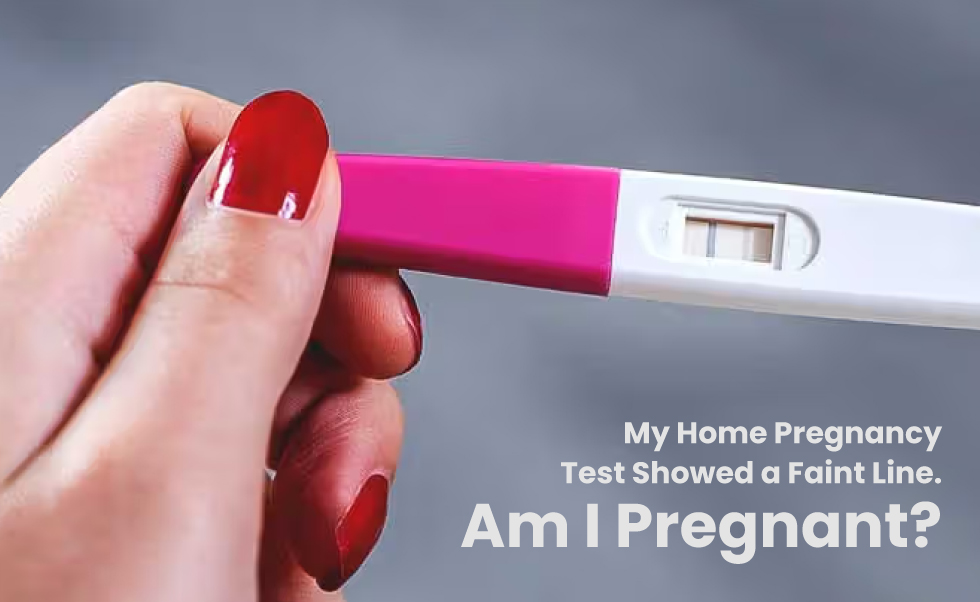Taking a home pregnancy test can be an emotional and pivotal moment for many women. However, interpreting the results can sometimes be confusing, especially when the test shows a faint line. Does this mean you are pregnant? This blog aims to answer that question and provide valuable information to help current and upcoming mothers understand their home pregnancy test results better.
What should I know about a Home Pregnancy Tests?
Home pregnancy tests work by detecting the hormone human chorionic gonadotropin (hCG) in your urine. This hormone is produced by the placenta shortly after the embryo attaches to the uterine lining. Typically, the presence of hCG indicates pregnancy, and most tests will show a positive result with a clear line or a digital indicator.
What Does a Faint Line Mean in My home pregancy Test?
A faint line on a home pregnancy test usually indicates a positive result, meaning you are likely pregnant. The intensity of the line can vary due to several factors:
- Low hCG Levels: In the early stages of pregnancy, hCG levels might be low, resulting in a faint line. As the pregnancy progresses, hCG levels increase, and the line should become darker if the test is repeated after a few days.
- Diluted Urine: If you took the test later in the day or drank a lot of fluids before taking it, your urine might be diluted, causing a fainter line.
- Sensitivity of the Test: Different brands of home pregnancy tests have varying sensitivity levels. Some tests can detect lower levels of hCG than others, leading to differences in the line’s darkness.
What should I do after seeing a Faint Line?

If you see a faint line on your home pregnancy test, consider the following steps:
- Retest After a Few Days: If the line is faint, wait two to three days and take another test. hCG levels double approximately every 48 to 72 hours in early pregnancy, so a repeated test should show a darker line if you are pregnant.
- Use First Morning Urine: For the most accurate results, use your first-morning urine for the test, as it is more concentrated and likely to contain higher levels of hCG.
- Consult a Healthcare Provider: Regardless of the result, it’s a good idea to consult a healthcare provider. They can perform a blood test to measure hCG levels more accurately and confirm the pregnancy.
Are there any Additional Considerations to take note of ?
- Understand False Positives and Negatives: While false positives are rare, they can occur due to certain medications or medical conditions. Conversely, false negatives are more common if the test is taken too early or not correctly. If in doubt, seek medical advice.
- Track Your Cycle: Keeping track of your menstrual cycle can help you understand when to test. Home pregnancy tests are most reliable when taken after a missed period.
- Read the Instructions Carefully: Each test brand may have specific instructions. Follow them closely to ensure accurate results.
A faint line on a home pregnancy test often indicates a positive result, but it can be influenced by several factors, such as the timing of the test, urine concentration, and the test’s sensitivity. If you see a faint line, retest after a few days, use the first-morning urine, and consult with a healthcare provider for confirmation. Understanding these nuances can help you navigate the early stages of pregnancy with confidence and clarity.







